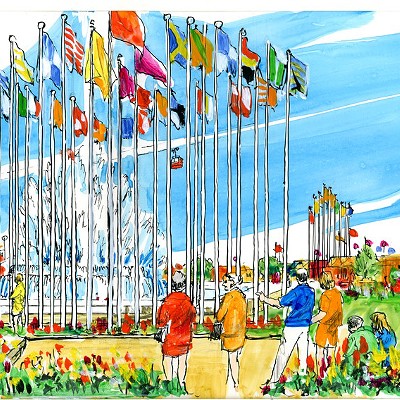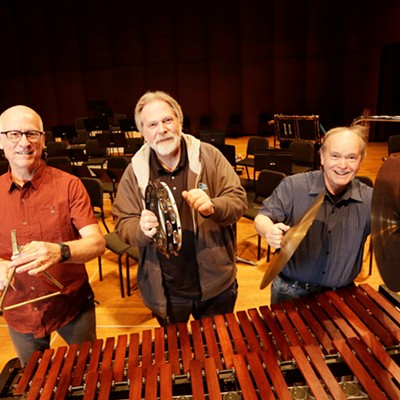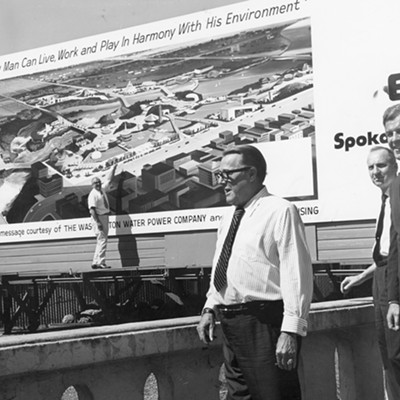But it’s easy to miss how much it’s increasing. In 10 years, Whitworth University’s annual price tag grew from under $19,000 to more than $34,000 — three times faster than inflation. And state colleges have risen even quicker.
At this point, your best financial strategy is a time machine: Zap yourself back to 2002, and save $15,548 in a single year at Whitworth.
We, however, wanted to figure out the cause. What magical ingredients were growing tuition so runaway-fast?
The first, easiest answer is “recession.” The stock market crash tanked the endowments of private colleges, and budget cuts slashed funds for state colleges. But tuition’s been growing rapidly for 30 years. The crap economy of the last three can’t explain everything.
As with any complicated question, answers come filtered through politics. Amid the push for more federal support to students, many conservatives still hew to the belief of Ronald Reagan’s Secretary of Education William Bennett: More federal financial aid allows colleges to raise their prices.
But when we posed that theory to Beck Taylor, president of Whitworth, he scoffed. Track the rise and fall of student aid, and it doesn’t line up with the speed of tuition increases. Instead, he suggest, look to the fact that college is an industry that relies on people.
People expect raises and health insurance. (The cost of insurance has been climbing almost as fast as tuition.) Since 1990, the cost of goods has remained nearly flat, while the cost of services have tripled. Auto factories can swap pricey workers for robot arms, and agricultural innovations can pump out food quicker and cheaper. But at college, new technology drives up costs. These days universities spend fortunes, every year, upgrading hardware and software.
“Education is a service, and despite claims to the contrary, quality education simply cannot be sped up or made more efficient,” Taylor says.
Whitworth, he says, increased professor salaries to compete with other colleges and the private sector. It takes a pretty solid wage to make a business professor want to be in the classroom instead of the boardroom. That’s one reason the University of Washington is considering charging engineering students higher tuition than English students. Engineering professors are pricey.
A study from American Association of University Professors, though, provides a rebuttal: Full-time professor salaries rose only an average of 2.2 percent last year.
Martin Snyder of the AAUP sees college wasting money on other expenses.
“One is administrative bloat,” Snyder says. “The number of administrators has increased astronomically.”
What really frustrates Snyder, a former college president himself, are the expensive non-educational things colleges buy to attract students. Opulent athletic facilities. Dormitories that are “basically spas.”
“Your tuition would be 10 percent lower if we weren’t building the Taj Mahal,” Snyder says. “But we have to build the Taj Mahal.”
In reality, of course, dozens of factors may be drivers of tuition. The mystery of college cost is probably not answerable through a simple five-paragraph-essay thesis statement. Instead, it’s probably a complicated conglomeration of recession, rising labor costs, added positions, facility upgrades, and the cost-delaying, price-obscuring effects of student loans. So far, academia’s best minds haven’t found a way to fix the problem. And until someone does, students will literally pay the price.






















